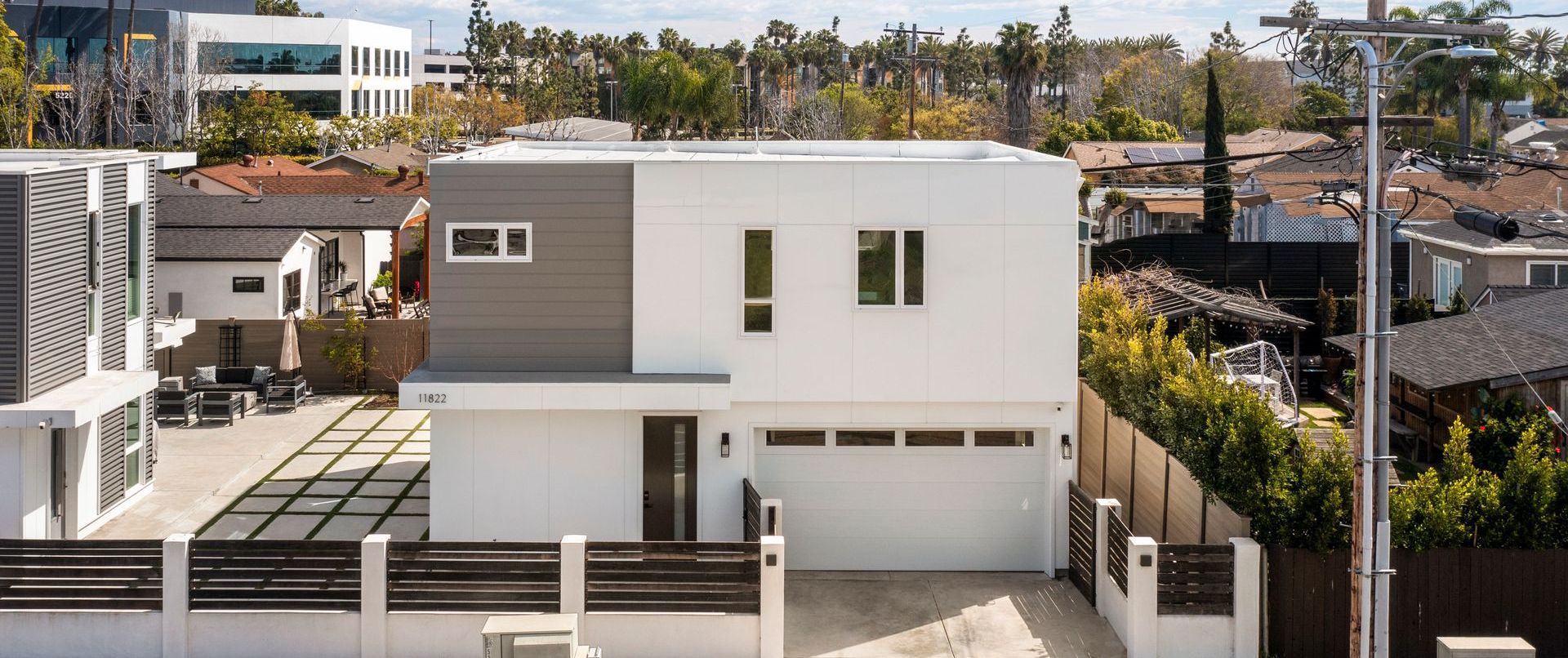Can I Build an ADU on my Multifamily Property?
July 2, 2024

Short answer: yes.
California ADU laws allow several types of accessory dwelling units to be built on any multi-family property. The two types of ADUs that can be built on a multi-family property are detached ADUs and conversion ADUs. A detached ADU is a free-standing building separate from the main multi-family building. A conversion ADU converts existing non-livable space in the main multi-family building or accessory structures into an ADU (typical conversion areas are storage room, recreation room, or garage / carport).
Why Add ADUs to a Multi-family Property?
Property owners tend to think of accessory dwelling units as an option for single-family homeowners to create an additional unit on their property. While this is the most common application for ADUs, it’s not the only one—ADUs can be added to multi-family properties too. Adding detached ADUs or converting an underutilized garage or storage area into an ADU increases the overall property value and provides additional rental income. It can be a great way to add units and maximize a property’s rental potential.
How Many ADUs Can I Build?
The number of ADUs allowed on any multi-family property depends on what currently exists on the property. Typically, 2 detached ADUs are allowed on a property with a multi-family building. The number of conversion ADUs allowed depends on how many units are already on the property. At least one conversion ADU is always allowed, with the maximum number of allowed conversion ADUs at 25% of the number of units already on the property.
Are There Special Regulations for Multi-family ADUs?
Detached ADUs on a multi-family property may be limited to a maximum height of 16 feet but in some cities the height can be up to 25 feet which allows for a two-story building. The minimum setbacks are 4 feet at the rear yard and 4 feet at the side yards. The maximum size of the ADU can vary by city, but owners are allowed to build an ADU with a minimum of 800 sf. Conversion ADUs that are inside the main building on a multi-family lot are treated as part of the main building and have the same requirements as the main building. For example, if the main building has fire sprinklers, and the ADU is created within the building, it will also require fire sprinklers.
Does parking need to be replaced or provided?
Accessory dwelling units created from converting a carport or garage are not required to replace the parking. Furthermore, new detached ADUs are not required to provide on-site parking if the property is with one-half mile of public transportation which includes a bus stop.
Conclusion
Adding ADUs to your multi-family property can be great way to increase rental income and add significant value to your property. Looking at it another way, ADUs are a smart “investment” in your existing property since the investment return on the costs can be very attractive. If you’re interested in adding one or more ADUs to your multi-family property, contact us to schedule your free property analysis to determine what's possible on your property.




